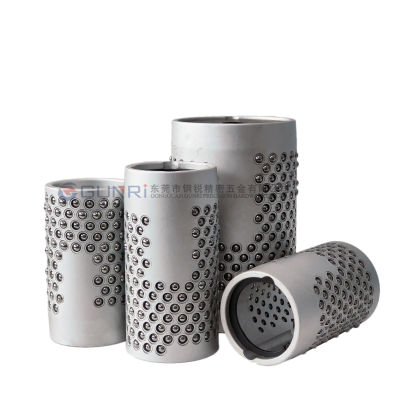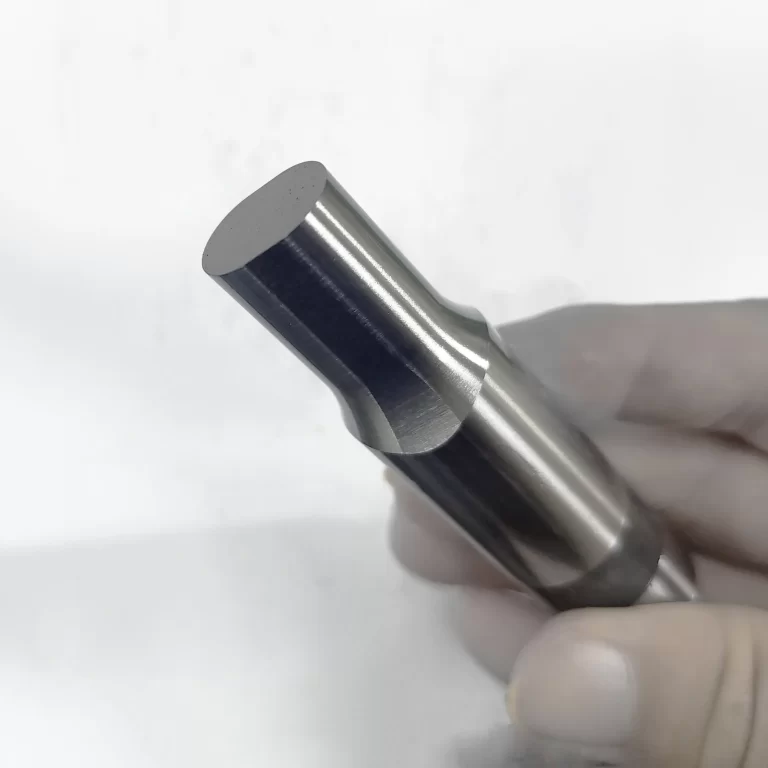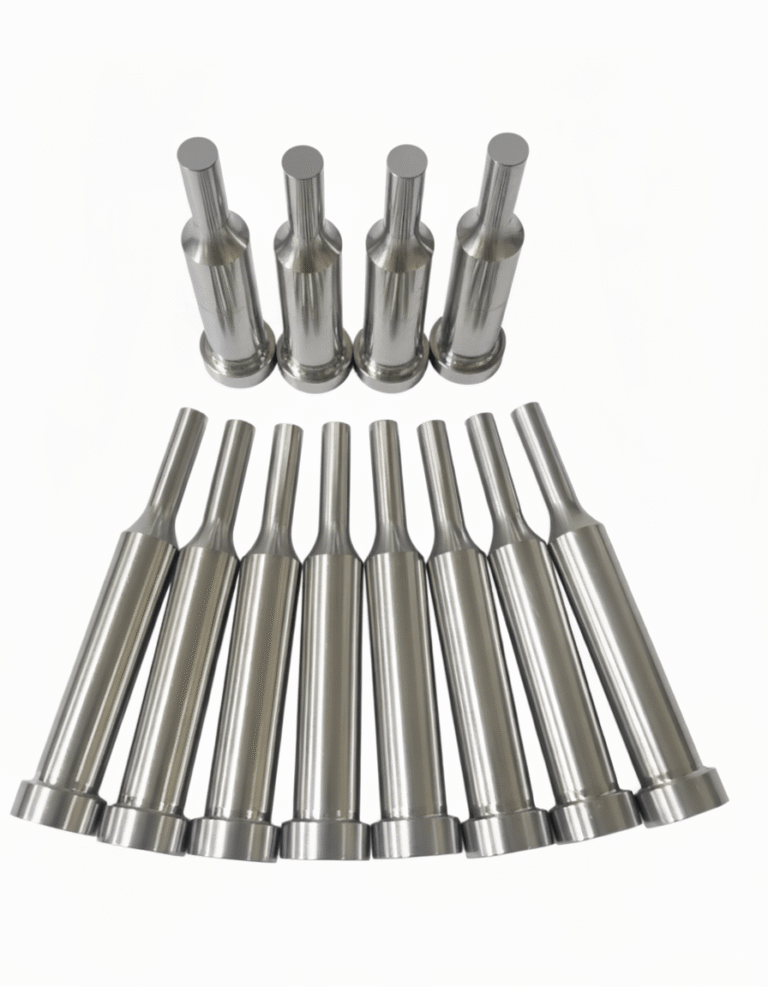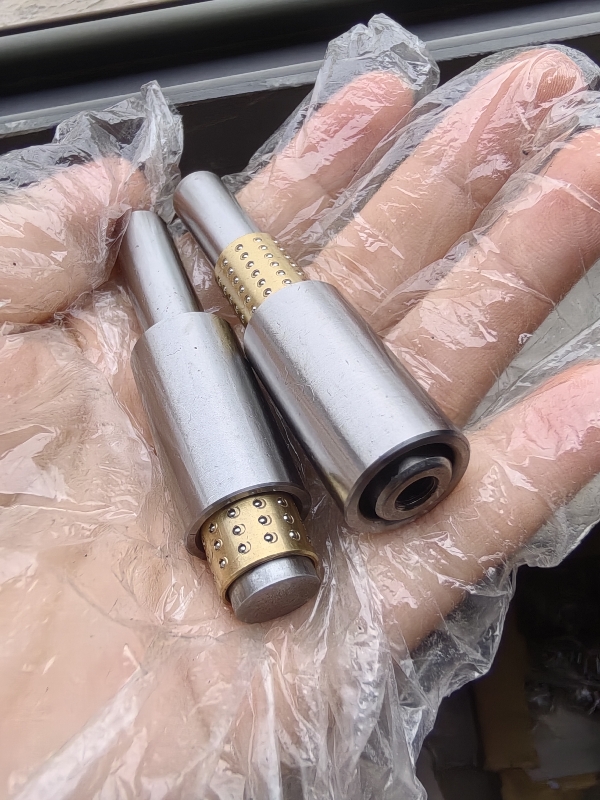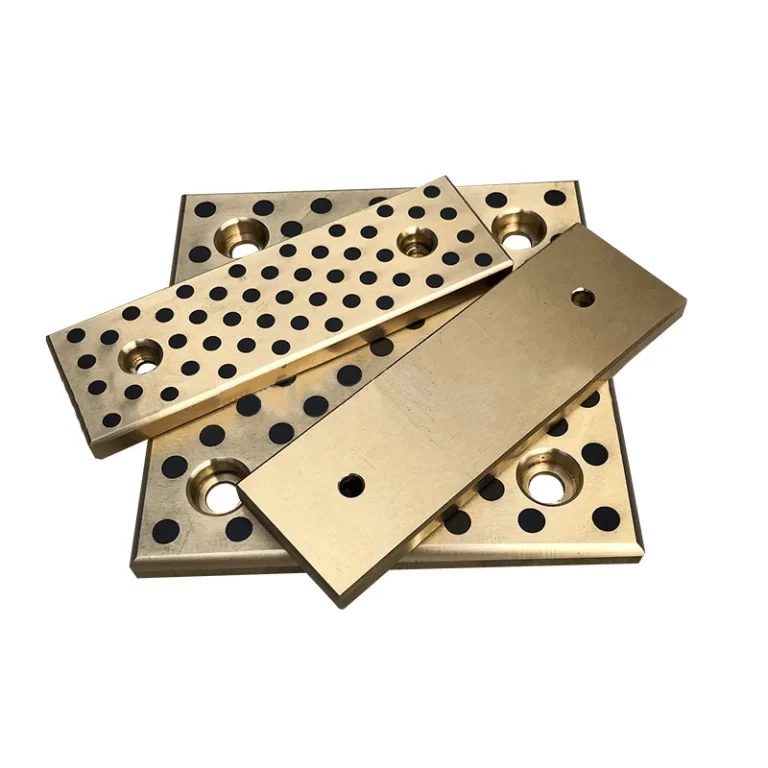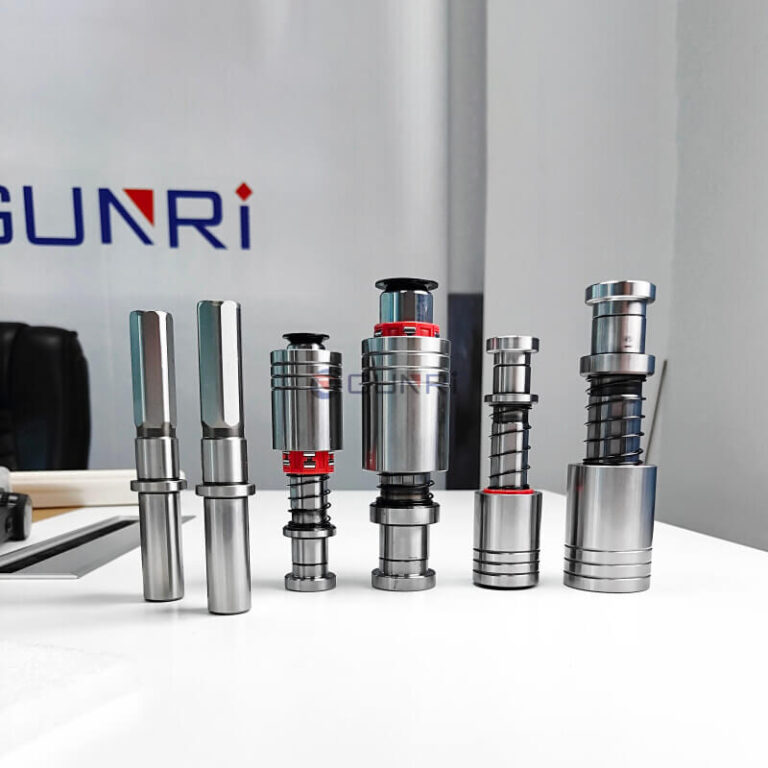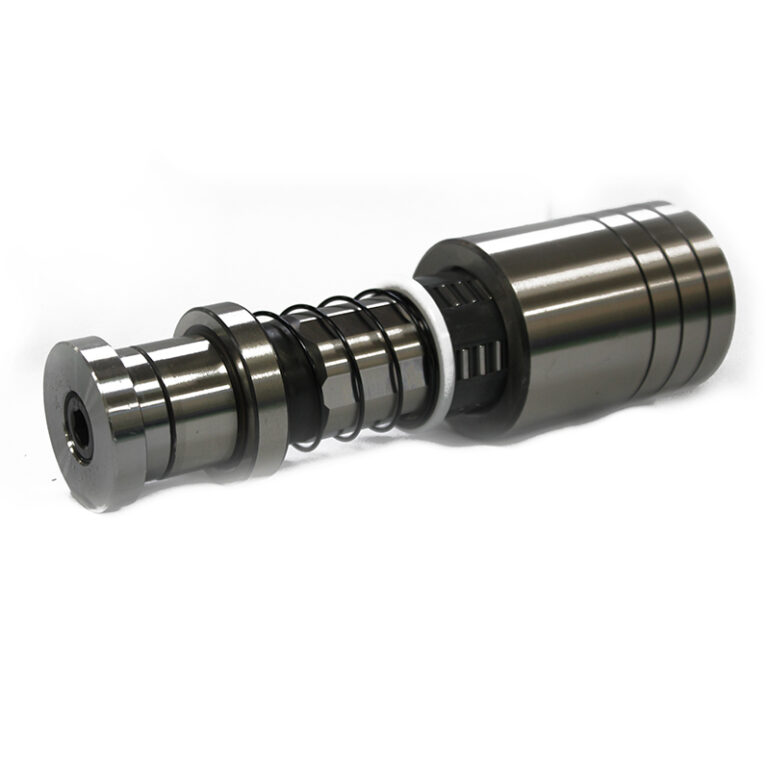Choosing Between Ball Bearing Bushings and Plain Bushings for Molds
Selecting the right type of guide bushings is crucial for the performance and longevity of your molds. Two common types are ball bearing bushings and plain bushings, each offering distinct advantages and disadvantages. Understanding these differences will help you make an informed decision for your specific application.
Understanding Plain Bushings
Plain bushings, also known as sleeve bushings or solid bushings, are typically made from materials like bronze, steel, or self-lubricating polymers. They provide a sliding bearing surface for the guide pillar.
- Advantages of Plain Bushings:
- High Load Capacity: Generally excel in handling heavy loads and high clamping forces.
- Simpler Design: Their straightforward construction makes them more robust and less prone to damage from contaminants.
- Lower Initial Cost: Typically more cost-effective to purchase compared to ball bearing bushings.
- Good Vibration Damping: Can absorb vibrations and reduce noise during mold operation.
- Self-Lubricating Options: Available in materials that eliminate the need for external lubrication.
- Disadvantages of Plain Bushings:
- Higher Friction: Generate more friction compared to ball bearing bushings, potentially leading to wear and heat generation.
- Lower Accuracy (Generally): Can have more clearance, which might affect the precision of mold alignment, especially over time.
- Requires Lubrication (Non-Self-Lubricating): Regular lubrication is essential to minimize friction and wear.
Understanding Ball Bearing Bushings
Ball bearing bushings utilize rolling elements (steel balls) between the inner and outer sleeves to provide a low-friction linear motion for the guide pillar.
- Advantages of Ball Bearing Bushings:
- Low Friction: Offer significantly lower friction compared to plain bushings, resulting in smoother movement and reduced wear.
- High Accuracy and Precision: Provide very precise linear motion and maintain tight tolerances, crucial for high-quality molding.
- Suitable for High-Speed Operation: The low friction allows for faster cycle times without excessive heat buildup.
- Minimal Wear: Reduced friction translates to longer lifespan and less frequent replacement.
- Disadvantages of Ball Bearing Bushings:
- Lower Load Capacity (Typically): Generally less capable of handling extremely heavy loads or high impact forces compared to some plain bushing types.
- Higher Cost: More expensive to purchase than plain bushings due to their complex construction.
- More Complex Maintenance: Can be more sensitive to contamination and may require more intricate maintenance procedures.
Key Differences Summarized
| Feature | Plain Bushings | Ball Bearing Bushings |
|---|---|---|
| Friction | Higher | Lower |
| Accuracy | Generally Lower | Higher |
| Load Capacity | Higher (Typically) | Lower (Typically) |
| Speed | Suitable for Lower to Medium Speeds | Suitable for High Speeds |
| Cost | Lower | Higher |
| Maintenance | Simpler (Lubrication often required) | More Complex (Sensitive to debris) |
| Vibration Damping | Good | Less Effective |
导出到 Google 表格
Factors to Consider When Choosing
The best choice between ball bearing bushings and plain bushings depends on the specific requirements of your mold:
- Precision Requirements: If high accuracy and tight tolerances are critical for your molded parts, ball bearing bushings are generally the better choice.
- Load and Clamping Force: For molds experiencing very high loads or clamping forces, plain bushings might be more suitable due to their robust nature.
- Speed of Operation: If your molding process involves high cycle speeds, the low friction of ball bearing bushings is advantageous.
- Friction and Wear: In applications where minimizing friction and wear is paramount for extended tool life, ball bearing bushings are preferred.
- Maintenance Considerations: Evaluate your maintenance capabilities and preferences. Plain bushings might be simpler to maintain in some cases, while self-lubricating plain bushings can reduce maintenance needs.
- Cost Constraints: Consider your budget, as ball bearing bushings typically have a higher initial cost. However, their longer lifespan might offset this in the long run.
- Mold Type:
- Stamping Molds: Often benefit from the high load capacity of plain bushings, especially for heavy-duty applications. However, for high-precision stamping, ball bearing bushings might be considered.
- Injection Molds: Depending on the complexity and precision of the part, either type can be suitable. For intricate parts and high-speed molding, ball bearing bushings are often preferred.
Conclusion
The decision between ball bearing bushings and plain bushings for your molds requires careful consideration of your specific application needs. By understanding the advantages and disadvantages of each type, you can select the bushings that will optimize your mold’s performance, accuracy, and longevity.
Unsure which type of bushing is best for your mold application? Contact the experienced engineers at GUNRI for expert guidance and high-quality mold components.

